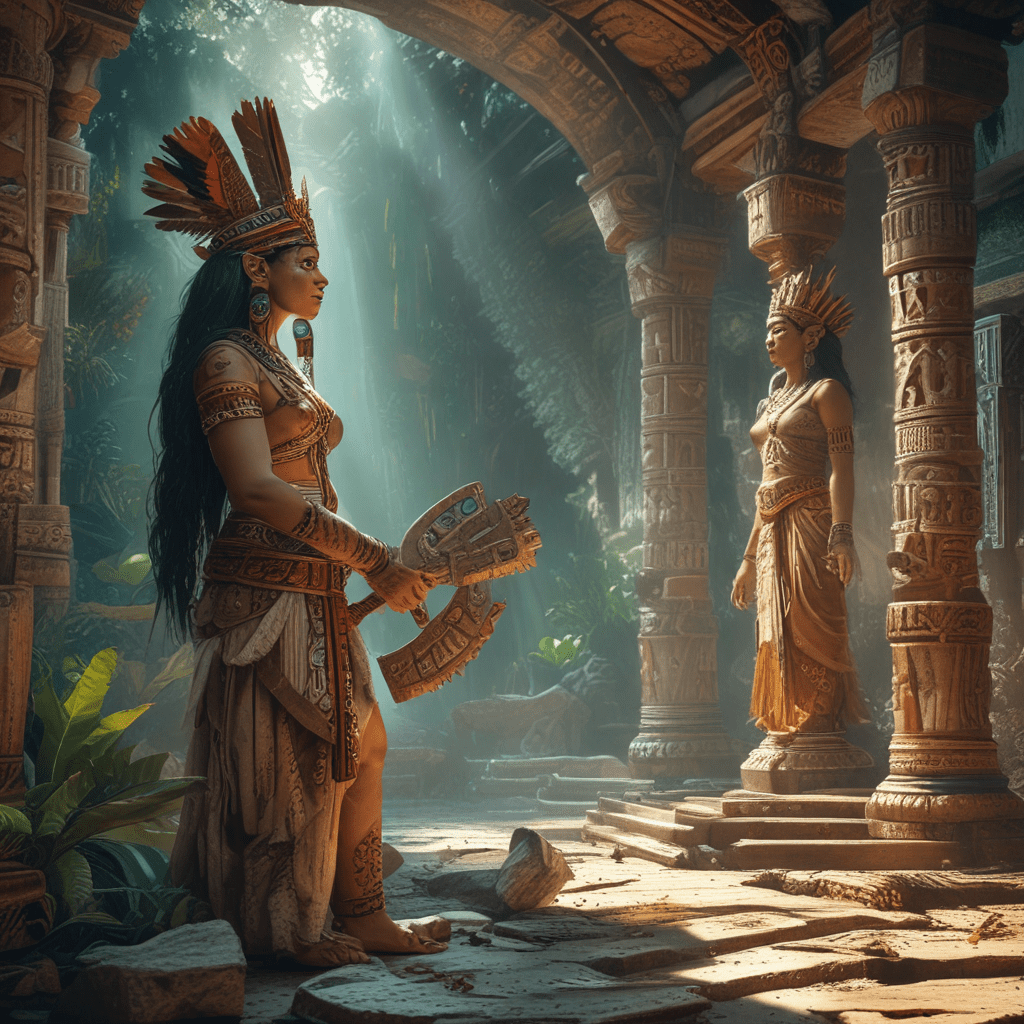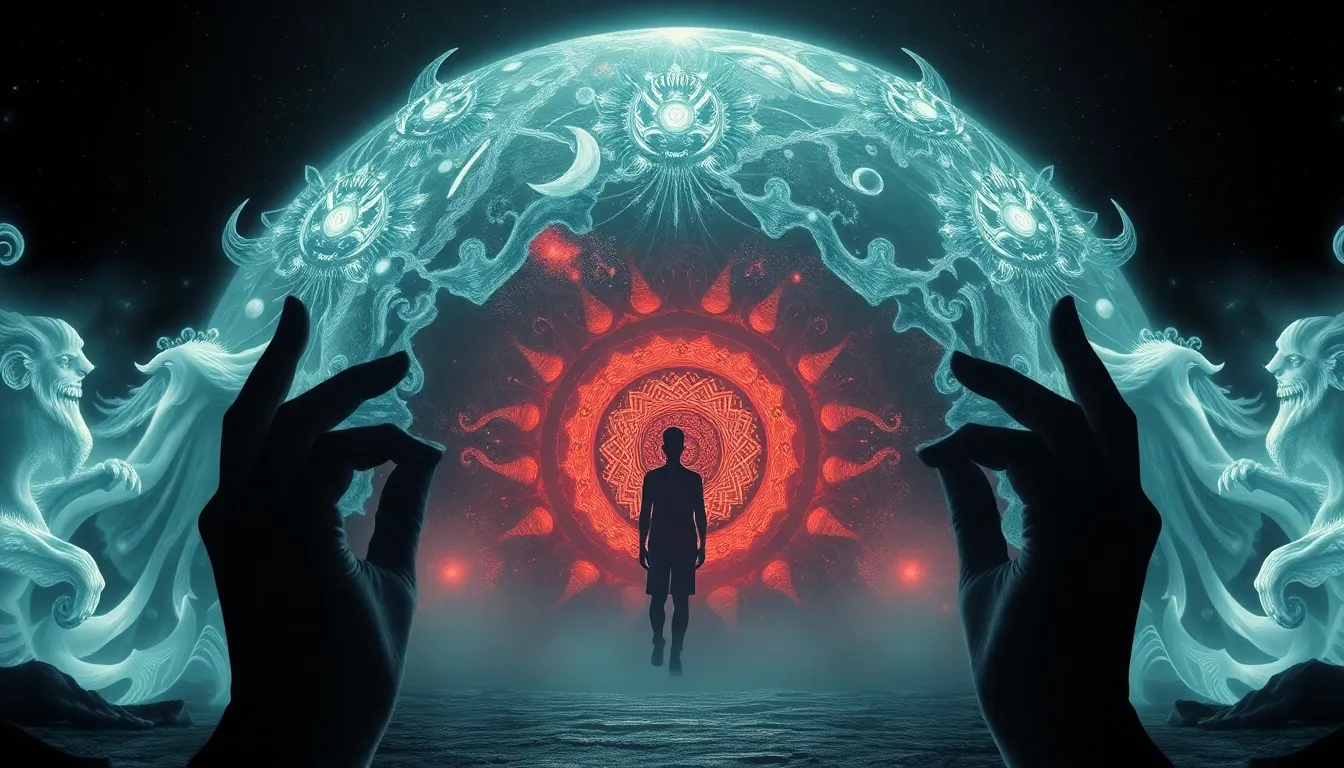Mayan Mythological Music: Sounds of the Supernatural
Introduction
Mayan Mythological Music is a fascinating subject that explores the deep-rooted connection between music, religion, and culture in the ancient Mayan civilization. This music played a significant role in religious rituals, mythology, and everyday life, serving as a bridge between the human and supernatural realms.
Definition of Mayan Mythological Music
Mayan Mythological Music refers to a specific type of music associated with the beliefs, deities, and narratives of the Mayan people. It encompasses a wide range of musical styles and instruments, each holding unique symbolism and significance in their cultural context. This music was not merely entertainment but served as a vital tool for communicating with the gods, influencing the course of events, and navigating the complexities of the afterlife.
Significance in Mayan Culture
Music was deeply intertwined with the fabric of Mayan life. It permeated religious ceremonies, social gatherings, and even agricultural practices. Mayans believed that music held the power to appease deities, influence natural phenomena, and even shape the fate of individuals. By understanding the various forms and functions of Mayan Mythological Music, we gain insight into their world view, beliefs, and the intricate relationship they held with the cosmos.
The Role of Music in Religious Rituals
Music played a central role in Mayan religious rituals. It served as an offering to the gods, a means of communication, and a way to induce altered states of consciousness. Specific instruments and musical styles were associated with particular deities and rituals, creating a complex soundscape that mirrored the Mayan belief system.
The use of music in religious ceremonies allowed Mayans to connect with the supernatural realm, express devotion to their deities, and influence the course of their lives. By understanding the sounds and rhythms of Mayan Mythological Music, we can gain a deeper appreciation for their spiritual practices and their unique understanding of the universe.
8. Theories and Interpretations
8.1 Music as a Form of Communication with the Gods:
Analyzing the Use of Music in Rituals and Sacrifices
Mayans believed that music was a powerful tool for communicating with the gods and influencing their decisions. Specific instruments and musical patterns were associated with different deities, allowing individuals to direct their prayers and offerings with greater efficacy.
The rhythmic chanting of priests, the haunting melodies of flutes, and the booming sounds of drums were all believed to carry spiritual significance, acting as a bridge between the human and divine realms. The Mayans also incorporated music into sacrificial rituals, viewing it as an offering to appease the gods and ensure their favor.
By examining the role of music in these rituals, we gain a deeper understanding of the Mayans' complex belief system and their intricate relationship with the supernatural.
8.2 Music as a Mirror of the Cosmos:
Exploring the Relationship Between Musical Sounds and Natural Phenomena
Mayans viewed music as a reflection of the natural world, with specific melodies and rhythms mirroring the sounds of the cosmos. The wind instruments mimicked the rustling of leaves and the howling of the wind, while percussion instruments echoed the thunder and the crashing of waves.
This connection between music and nature extended to the deities themselves. The rain god Chaac was associated with the rhythmic drumming of raindrops, and the sun god Kinich Ahau was linked to the bright melodies of flutes. Understanding this symbolic association between music and the natural world provides insights into the Mayan understanding of the universe and their place within it.
8.3 Music as a Tool for Shamanic Journeys:
Investigating the Use of Music in Altered States of Consciousness
Mayans believed that shamans could utilize music to induce altered states of consciousness, allowing them to journey into the spirit world and communicate with the supernatural. Specific instruments, such as rattles and drums, were employed to achieve these altered states, their rhythmic sounds serving as a gateway to other realms.
Through their musical journeys, shamans sought guidance from the gods, diagnosed illnesses, and performed divination rituals. Music became a tool for accessing hidden knowledge and navigating the complexities of the human experience.
9. Modern Interpretations and Performances
9.1 Contemporary Mayan Musicians:
Examining the Revival of Traditional Music
In recent decades, there has been a growing movement among contemporary Mayan musicians to revive and reinterpret traditional music. These artists draw inspiration from ancient instruments, melodies, and rhythms, incorporating them into their modern compositions.
Their efforts not only preserve the rich musical heritage of the Maya but also breathe new life into it, making it accessible to wider audiences and ensuring its continued relevance in the modern world.
9.2 Ethnomusicological Research:
Studying the Preservation and Evolution of Mayan Music
Ethnomusicologists play a crucial role in documenting, analyzing, and preserving Mayan music. Their research helps to understand the evolution of musical traditions, identify endangered instruments, and promote the work of contemporary Mayan musicians.
Through their efforts, future generations can appreciate the unique soundscape of the Maya and gain insights into their cultural heritage.
9.3 Cultural Significance in the Modern World:
Understanding the Importance of Mayan Music Today
Mayan music holds immense cultural significance, acting as a vital link to the past and a vibrant expression of their identity in the present. It serves as a reminder of their ancestral wisdom, spiritual beliefs, and deep connection to the natural world.
By preserving and celebrating Mayan music, we not only appreciate its artistic beauty but also acknowledge the enduring legacy of this ancient civilization and its continued relevance in the modern world.
10. FAQ
10.1 What are some common instruments used in Mayan Mythological Music?
Some common instruments used in Mayan Mythological Music include flutes, conch shells, trumpets, drums, rattles, bells, zithers, and harps. Each instrument held unique symbolic significance and was associated with specific deities and rituals.
10.2 What role did music play in Mayan religious rituals?
Music played a central role in Mayan religious rituals, serving as an offering to the gods, a means of communication, and a way to induce altered states of consciousness. Specific instruments and musical styles were associated with particular deities and rituals, creating a complex soundscape that mirrored the Mayan belief system.
10.3 How do contemporary Mayan musicians interpret traditional music?
Contemporary Mayan musicians draw inspiration from ancient instruments, melodies, and rhythms, incorporating them into their modern compositions. They not only preserve the rich musical heritage of the Maya but also breathe new life into it, making it accessible to wider audiences and ensuring its continued relevance in the modern world.


